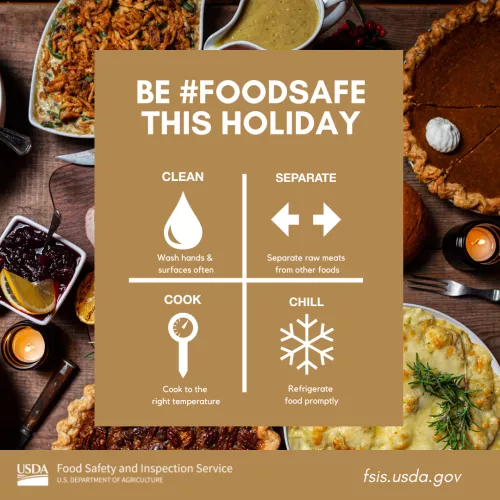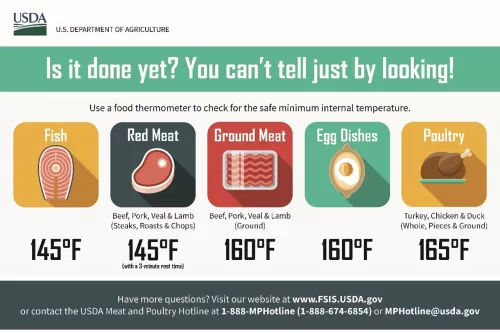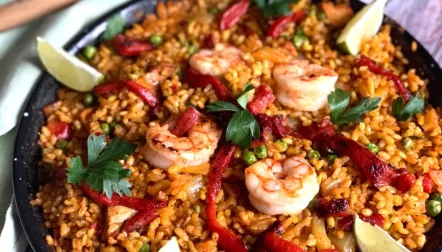
Blog post
Different turkey tables, same food safety tips for kidney-friendly eating
On Thanksgiving Day, stunning food spreads may look very different from table to table. As Americans incorporate their diverse backgrounds into Thanksgiving celebrations, each table reflects that unique family background. Turkeys may be seasoned with mole sauce (a Mexican tradition), zaatar and sumac (Middle Eastern staples), or seasoned like pork (Puerto Rico's famous pavochon). Other Thanksgiving spreads may opt to skip the turkey entirely and instead serve Peking duck or tandoori chicken, as Chinese and South Asian families respectively include for their celebrations.
While Thanksgiving turkeys (and other holiday table staples) may vary across households, USDA's Food Safety and Inspection Service (FSIS) has simple steps to food safety no matter your tradition. Food safety is particularly important for people living with kidney disease since your kidneys do not work as well as they should, and you may have a weakened immune system as a result. This is especially true if you are living with a kidney transplant because the immunosuppressant (antirejection) medicines you take actively work to suppress your immune system so that your body does not reject your new kidney, leaving you vulnerable to infections. A weakened immune system makes it harder for your body to fight off infections, which can lead to more serious, and sometimes deadly, effects of foodborne illness.
Take a look at our four food safety tips to ensure your loved ones remain safe from foodborne illness this year.

1. Clean – Start with clean hands, utensils and surfaces. Wash them throughout and after food preparation to ensure bacteria do not spread.
2. Separate – Keep raw meat and poultry separate from cooked foods or other foods.
3. Cook – Always cook food to a safe minimum internal temperature as measured by a food thermometer to ensure harmful bacteria has been killed.
4. Chill – Keep perishable foods at a safe temperature below 40°F. Follow the two-hour rule and do not leave perishable foods at room temperature for more than two hours (or one hour if exposed to temperatures above 90°F). Plan to use or freeze leftovers within four days, and reheat to 165°F

Don't forget raw poultry must be cooked to a safe internal temperature of 165°F and checked with a food thermometer for safety! Consult USDA's safe internal temperature graphic to keep your Thanksgiving meal staples safe to eat.
Find more food safety tips specifically for those living with kidney disease on Kidney Kitchen® and additional information for handling food safely on the FSIS website.
Make more than you could possibly eat in one sitting? Be sure to review our tips for safely handling your Thanksgiving leftovers.
Food Safety Specialists are here for you
Need more information about Thanksgiving leftovers or preparing your Thanksgiving meal? Call the USDA Meat and Poultry Hotline at 888-MPHotline (888-674-6854) to talk to a food safety specialist, email MPHotline@usda.gov or chat live at ask.usda.gov from 10 a.m. to 6 p.m. ET, Monday through Friday. If you need help on Thanksgiving Day, the Meat and Poultry Hotline is available from 8 a.m. to 2 p.m. ET.
You can also visit FoodSafety.gov to learn more about how to safely select, thaw and prepare a turkey. For more Thanksgiving food safety tips, follow FSIS on Twitter @USDAFoodSafety or on Facebook at Facebook.com/FoodSafety.gov.





